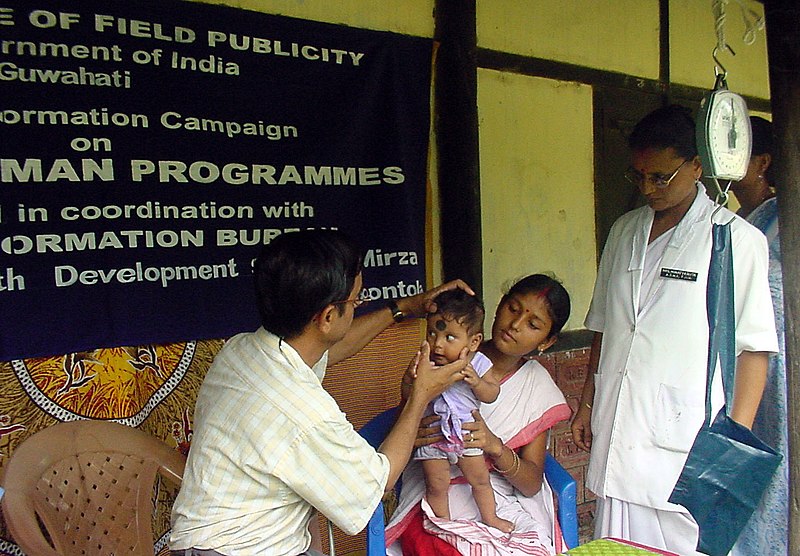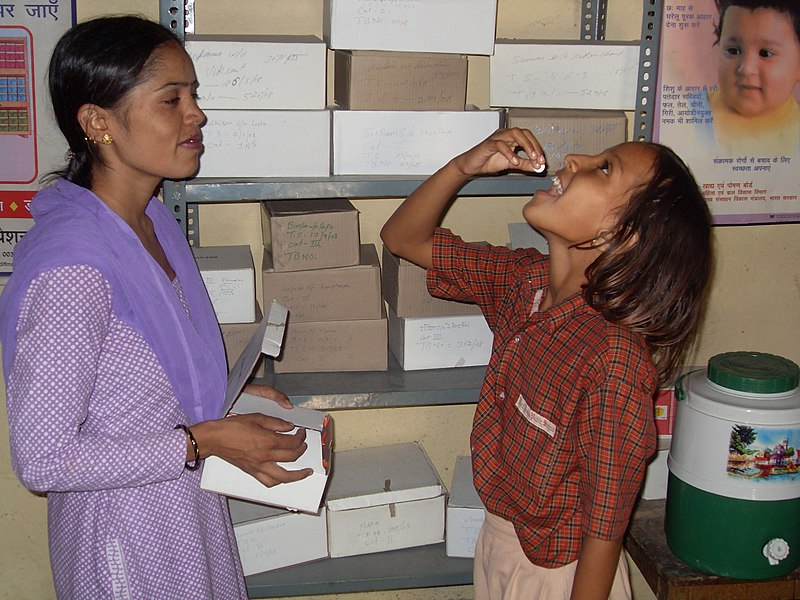How has your life changed in the past year and a half? Are you now working from home? Did you have to cancel travel or holiday plans? Any disruption will seem minor against disruptions seen in the health sector.
Throughout the world, health services collapsed under the burden of COVID-19. In India, regional disparities made the situation worse. 71% of the country’s population lives in rural areas, whereas only 34% of doctors practice there. The pandemic exposed the historical underfunding and under-resourcing of public health in India.
The only solution is equitable access to healthcare in the country. But that can only be the long term goal. In the short term, we need urgent solutions to deal with the skewed doctor-patient ratio. We need better distribution of the infrastructure, resources, and medical expertise concentrated in urban centres today. And, we need rapid innovation to connect medical expertise with people in every corner of the country.
The Technological Connect
Telemedicine presents the shortest and the most cost-effective path to addressing India’s healthcare challenges. It can deliver quality care even in remote corners of the country. During a pandemic, it helps maintain social distancing and reduces the risk of contagion for everyone involved. Already, there is technology available to enable it. But there has been limited success on the ground. What is the missing link needed to make it work?
Any solution to a health problem cannot be merely biomedical. This is especially true in India, where rural patients trust the in-person ‘touch and feel’ experience more than a voice on the phone or a face on a screen. For telemedicine to succeed, we need to build trust in the system through a human connection. Successful models of telemedicine, like the Aravind Eye Hospitals in Tamil Nadu, also demonstrate this.
The Human Connect
Accredited Social Health Activists (ASHAs) were introduced under the National Rural Health Mission (NRHM) in 2005. They are the first point of contact between the community and the health system. They are residents of the village that they service. Over the years, they have become the focal point of implementing public health programs in India.
There are close to 9 lakh ASHA workers in the country. Geographically and contextually, they are the best placed to become the human connection between doctor and technology on one end and the patient and the community on the other end.
Roadblocks to Hope
ASHA workers receive training and are responsible for referral and escort service for reproductive and child health, nutrition, health education, and promoting universal immunization, amongst other roles. However, they are underutilized on the ground. Despite training, there are gaps in their knowledge and skills. They work on an incentive-based model. Even during the pandemic, when their services are critical, they barely make Rs 3000 per month. The amount doesn’t cover bare necessities and, in my opinion, should not qualify as a livelihood unless we do a lot more to develop it.
We need to empower ASHAs and other community health workers like Multi-Purpose Health Workers (MPHWs) and Auxiliary Nurse Midwives (ANMs) to strengthen the health system using telemedicine from the ground up.
Empowered Livelihoods for Robust Health Care
How do we enable this cadre of healthcare workers who already have the basic training, understand the context and appreciate healthcare?
- We need solutions to upskill and reskill community health workers. These skills should help them fulfil higher-order roles like telemedicine coordinators in low technology and low resource settings.
- As telemedicine coordinators, they should be equipped with positive behavioural skills. This will help them have more empathetic and impactful interactions with patients.
- They have to be empowered to be autonomous for on-ground decision-making and handling exceptions.
- They need monetary empowerment in terms of social security, job security, and insurance. Micro-entrepreneurial training and capital enablement will give them a growth path and help them create their opportunities.
- And finally, any solution must target these issues remotely as we live in a country of immense proportions and don’t have the luxury of time.
We need to create and implement solutions that will ensure effective, smooth and streamlined delivery of healthcare services and bridge the last mile gaps. The need of the hour is rapid social innovations that help community health workers grow into telemedicine coordinators. With efficient upskilling and proper institutional support, they can become a driving force in delivering digital health solutions for our nation.
This article was originally written for Forbes.



